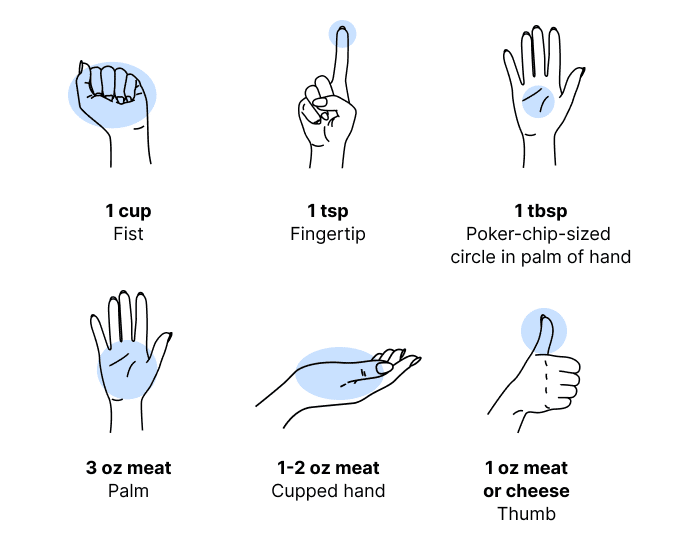YOUR CART
- No products in the cart.
Subtotal:
$0.00
BEST SELLING PRODUCTS

Have you started tracking your food in MyFitnessPal, but feeling frustrated that you haven’t yet been able to achieve your health goals?
I get it, but don’t worry. By learning to use MyFitnessPal like a dietitian (aka, how I use it with my clients!), you’ll begin to understand how to interpret the data you log into actionable steps that you can take to improve your health.
In order to get the most out of your MyFitnessPal journey—and see results—you have to start by knowing what goals you are aiming to achieve. Because if you don’t know what your goal is, you can’t work towards it.
When creating a goal for yourself, be sure it is a SMART goal. SMART stands for specific, measurable, achievable, relevant, and time-bound.
For example, don’t just set a goal to lose weight or to improve your eating habits. Those goals are too broad. Instead, examples of SMART goals might be:
These are specific, measurable, achievable, relevant, and time-bound. And they’re realistic behavior-focused goals that will ultimately lead you to your long term, broader goals.
I may be a scientific advisor for MyFitnessPal, but I’m saying this because I really mean it (and have seen success with my clients again and again). Tracking your food intake is one of the best ways to achieve your health goals. But how you track is just as important.
The truth is, tracking accurately and consistently is really important. In order to truly see how the food you consume impacts your energy, focus, mood, and overall health, you need to track everything you eat and drink, everyday.
And you can’t just track what you consume. How much you eat and drink—aka, portions— matter too!
But let’s just be real: it can be very hard to know how many grams or ounces of something you’re eating. And who has the time for a food scale? To make things easier, I tell clients to follow this handy guide (pun intended):

And before you feel overwhelmed with the idea of tracking, remember that using MyFitnessPal means that you can track your food in just seconds. By having one of the world’s largest food databases along with premium features such as barcode scanning, you can quickly input your foods and drinks in just seconds and see detailed nutrition information that will help highlight how your dietary choices are impacting your health goals.
Once you have the basics of food logging down, it’s time to dive into the most fun part— interpreting your data.
You might be tempted to focus only on your calorie goals each day, but not all calories are created equal. As a dietitian, I recommend focusing on more than just the calories. In fact, go to the nutrients tab, and look at the following in chronological order:
As you start to focus on macronutrient tracking along with calories, you’ll begin to notice that cravings and excessive hunger are diminished on days when you hit your fiber and protein goals. And on days where you feel constantly hungry or energy is low, you’ll probably notice you were falling short on those key nutrients.
This can help you to identify what areas of your diet need to be adjusted in order to meet your goals.

I always tell my clients that tracking gives you the data you need to be a detective of your own body. Food tracking can provide you with the data you need to interpret how the foods and beverages you consume each day impact everything from your appetite, to mood, energy, and overall health. MyFitnessPal has tools to help you reach your nutrition or fitness goals.
When you begin to track and interpret the data, you start to notice trends. You begin to discover the balance of macronutrients that allows you to feel your best each day. And although tracking cannot make you change behaviors, when you see data that pinpoints exactly what you need to do to feel your best, it makes it a lot easier to make behavior changes and stick with them.